Our team will take a break over the holidays. The blog will be back on January 14.
Thank you for following and supporting our activities.
Happy holidays.
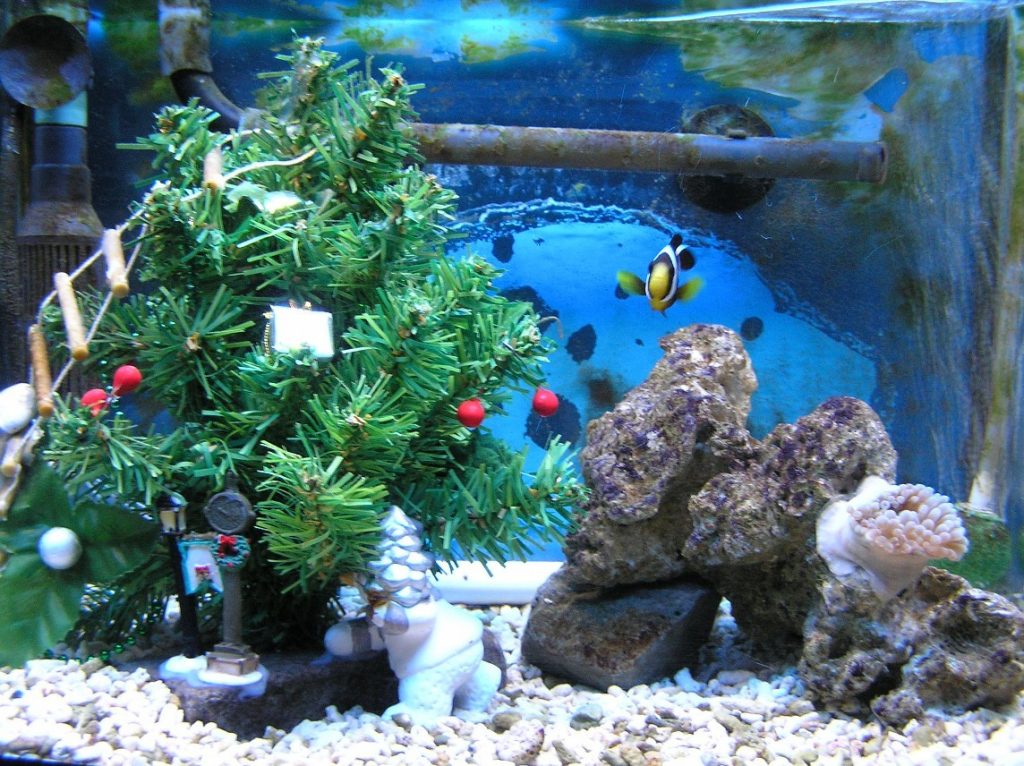
Copyright © Cornelia Reiher 2004

Our team will take a break over the holidays. The blog will be back on January 14.
Thank you for following and supporting our activities.
Happy holidays.

by Lynn Ng
There are over 1,000 michi no eki in Japan. These are Japan’s adorable roadside stations scattered across the nation’s rural regions. Michi no eki were first established in the 1990s as part of the government’s strategy to revitalize the countryside through increasing tourism. The government’s concepts for these roadside stations are three-fold: To provide comfortable resting areas for road travelers; to disseminate important information on road conditions and services, as well as local tourism; and to facilitate interactions between travelers and the local communities [1].
Japan’s roadside stations are thus unique places for travelers to learn about a region and its community and hopefully buy something there to support local producers. Many municipalities, therefore, take their michi no eki very seriously and often decorate the space with their local mascot, serve unique variations of food or desserts with the region’s produce, and host festivals and events there. In my time in rural Hokkaido, I attended several events, including flea markets, Halloween, and tours at the local michi no eki. I am thus unequivocally a huge fan of Japan’s many roadside stations.
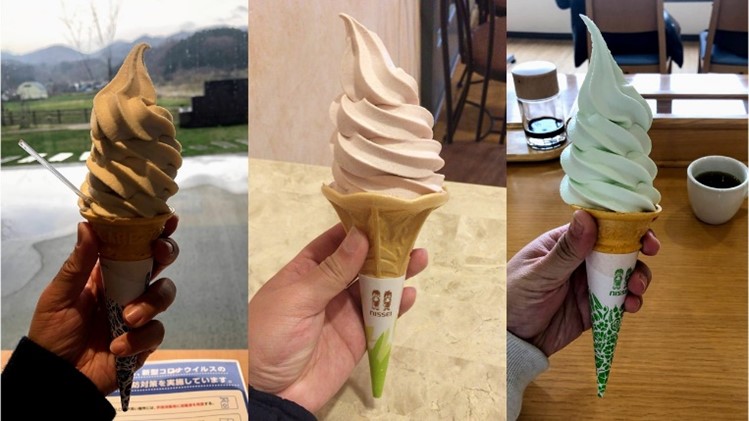
In the spring of 2021, after completing my MA amidst the pandemic and tremendously drained from life in Tokyo, I canceled my apartment lease and began living in a car. My plan was simple: I wanted to slowly drive towards Hokkaido while visiting as many michi no eki as possible along the way. For a month, I drove through northern Japan – Tochigi, Fukushima, Yamagata, Iwate, Aomori, Akita – and across the strait to Hokkaido. With a car, I had the freedom to traverse some of the more neglected places – the inconspicuous shrines, the small onsen, and the bakeries awkwardly located between paddy fields.
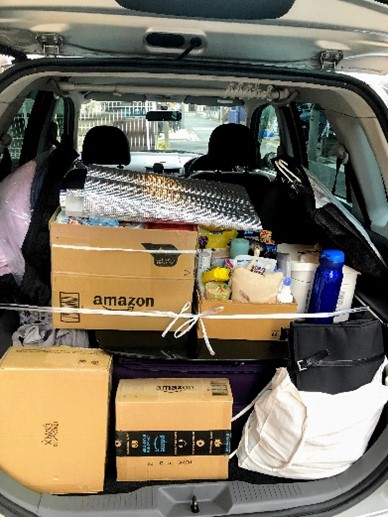
But more importantly, I could visit my favorite place in Japan – the michi no eki. These roadside stations, small or big, were crucial for my journey – 24-hour washrooms, emergency phones, maps, vending machines, free Wi-Fi, and anything else you might need at 2:00 am in the middle of nowhere. On top of road services and local foods, michi no eki were also a social space for me to converse with the people of the regions. My Tokyo car plate drew increasing attention the further north I went. While I was nervous that its origins would be unwelcome in this pandemic, people approached me with curiosity instead.
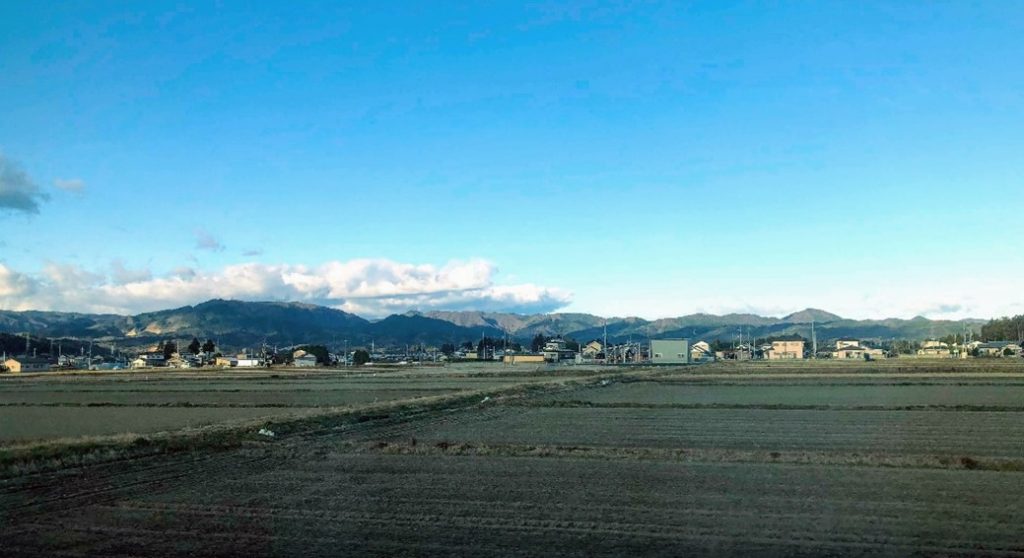
At a roadside station in Hokkaido, a kind older man I encountered became very concerned with my car arrangement and worried that I would not have enough food. He asked me to wait, ran off, and returned a while later with a bag of snacks and energy drinks to help me get to my destination. Elsewhere in mountainous Yamagata, I ran into a michi no eki on a sleeting spring day for shelter and rest, and a group of old ladies immediately ushered me into their circle – where the gas heater was located – to warm up and talk. Often times, some would recommend their favorite hidden onsen and local spots.
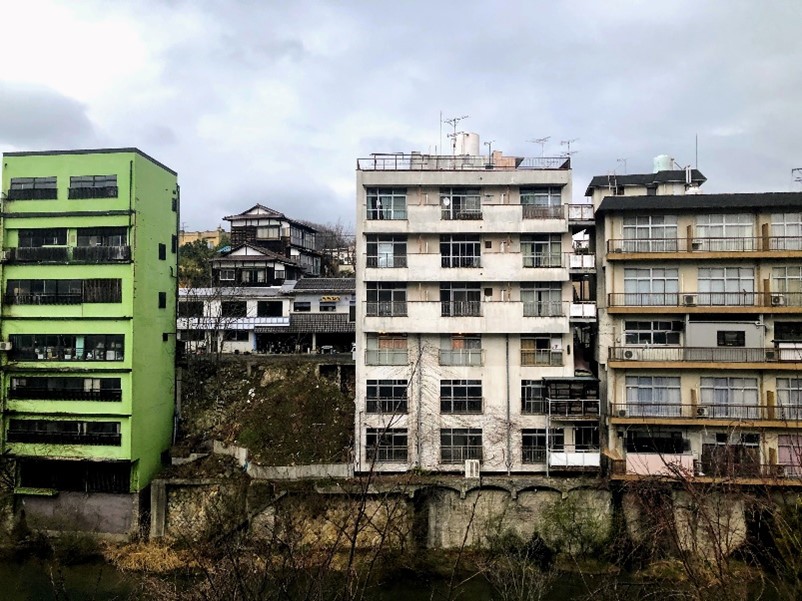
Michi no eki are indeed wonderful social spaces dispersed across Japan. I do not know much about the income and job opportunities roadside stations have generated for the rural communities, but these facilities are undoubtedly spaces of great social value. These small government-funded projects for rural revitalization have contributed much to constructing a social space for locals to gather and for travelers to understand the place they are visiting. After a month of car-life that promised back pains in ten years, I departed Japan. The friendly encounters, unique foods, and intimately silent starry nights at michi no eki become small yellow stars on my Google map. Like many here in Berlin, I also await the opportunity to return to Japan and often wonder how many of the stars are places where I may again set foot someday.
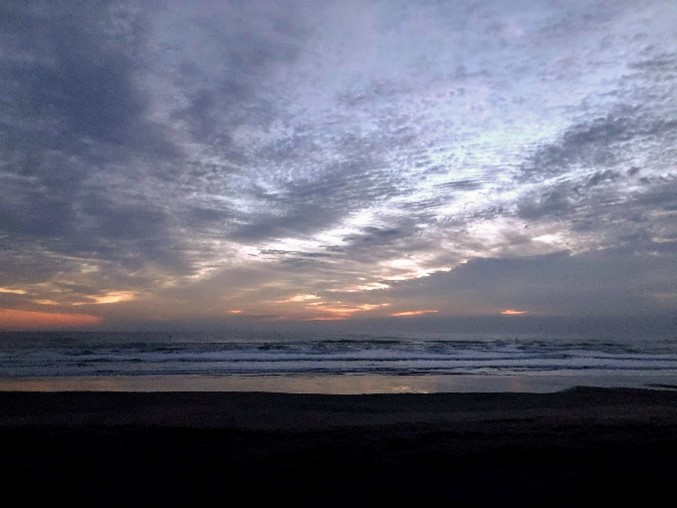
[1]
MLIT (Ministry of Land, Infrastructure, Transport and Tourism) (2008). Michi no eki to ha? [What are michi no eki?]. Accessed 11 December 2021 at https://www.mlit.go.jp/road/Michi-no-Eki/outline.html.
Lynn Ng is a first-year Ph.D. candidate at the Graduate School of East Asian Studies at Freie Universität Berlin. She completed her MA at Waseda University, studying people’s movements into disaster-hit Fukushima. Before her MA studies, Lynn lived in rural Hokkaido for three years as an Assistant Language Teacher.
by Cecilia Luzi
When I started my PhD, the original plan was to leave for fieldwork in Japan around June 2021. Since entering Japan was still not possible at the time due to the Covid-19 pandemic, the whole group decided to postpone fieldwork. We were excited about the announcement of the reopening of Japan’s borders in the beginning of November 2021, just like many other researchers who study Japan. We prepared all the paperwork, but due to the emergence of the new Omicron variant, the government decided to extend the entry ban. This decision left us disappointed and discouraged, as we will need to drastically change our research plan.
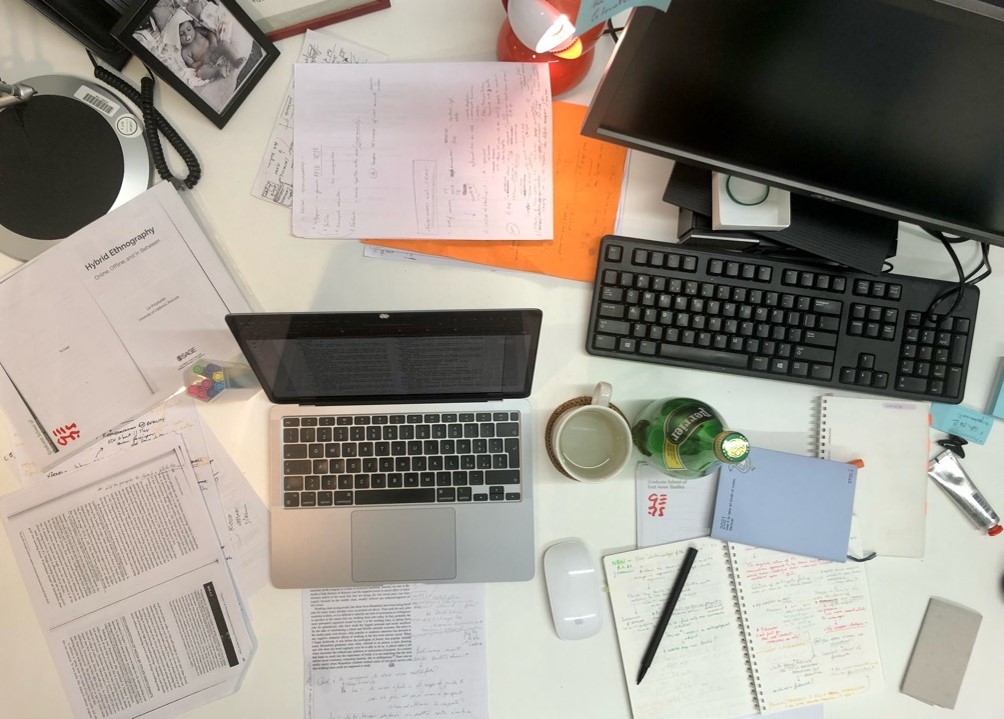
In this context, I started a “digital ethnography” of social media profiles and websites of people living in northern Kyūshū in order to move on with my research. It took me some time before adapting my gaze to this new territory, and still today, when I scroll down in-migrants’ Instagram profiles and YouTube pages, I sometimes hear a voice on the back of my head telling me that I should get back to work. As Góralska (2020, 46) put it: “It is my fieldwork, but an unaware observer would probably assume that I am just wasting my time before bed”. Maybe this is the reason why it is so hard to fully commit to this kind of ethnography. Working in the digital world and using it as a field of research requires a set of tools and principles that are codified, selected and debated, as well as a training for the ethnographic eye, which needs to learn anew how to single out important information from the abundance on the internet.
However, after the initial irritation of not being in the physical field discovering bizarre shops, ordering delicious meals at restaurants or sipping a fresh roasted black coffee in a café, I learned how to domesticate the digital space and gather useful data from it. For instance, I discovered a strong network of temporary markets and fairs attended by in-migrants both as vendors and as costumers. They are held all year long and are distributed within the four prefectures of northern Kyushu, which makes them a fascinating field to explore the social structure of in-migrants’ communities. I also learned that the rhetoric of renovation and re-use of abandoned spaces such as empty houses, studios, warehouses, schools and post offices, is pervasive in the experience of in-migration. Thanks to Instagram, I now have some contacts that can potentially become gatekeepers once I will arrive in Japan.
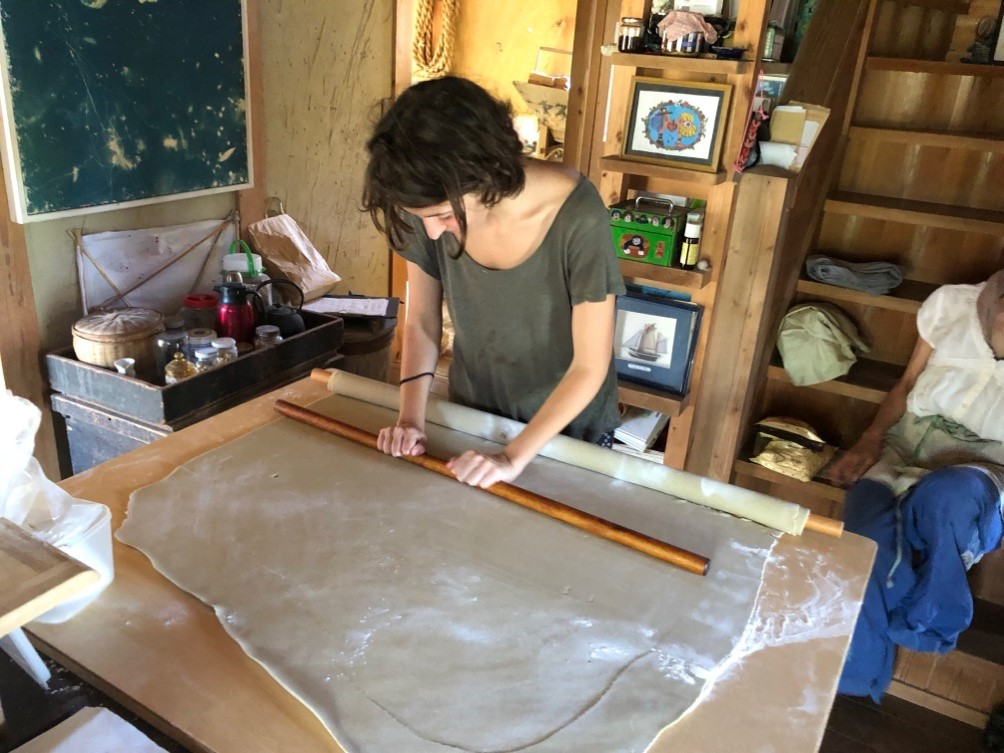
I enjoyed reading blog interviews, looking at pictures and watching interesting videos, but in the end, I cannot help feeling a bit nostalgic and frustrated. I wonder if what we call now “digital fieldwork” (Góralska 2020), “virtual fieldwork” (Robinson and Schulz 2009) or “online fieldwork” (Howlett 2021) can really be considered fieldwork in the original anthropological sense of the term. Fieldwork is the “intimate participation in a community and observation of modes of behavior and the organization of social life” (Keesing and Strathern 1998, 7), and has been characterized by the extended presence of anthropologists within the community they study, whether next-door (e.g. Fassin 2011) or in another continent (e.g. Tsing 2004). The aim of fieldwork is at the same time “to understand the inside view of the native peoples and to achieve the holistic view of a social scientist” (Powdermaker 1969, 418). Yet, how can we have powerful insights about the people we study if we cannot immerse in a community and try “learning as far as possible to speak, think, see, feel and act as member of its culture and, at the same time, as a trained anthropologist from a different culture” (Powdermaker 1966, 9)?
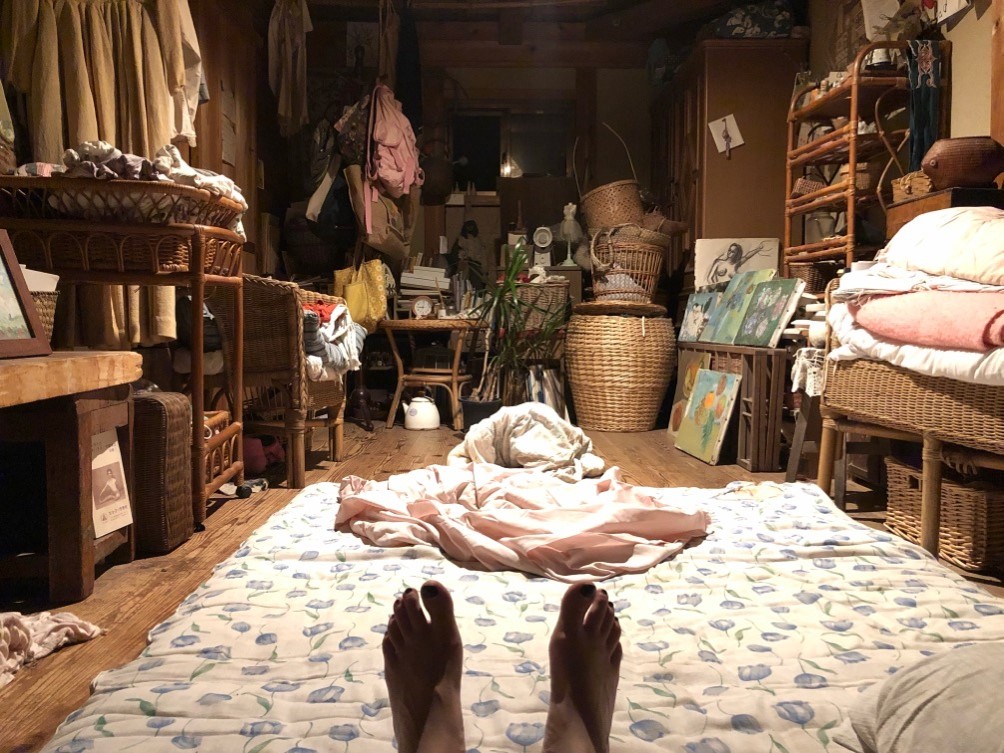
Analyzing travel and food blogs, studying social media profile and examining prefectural and municipal websites has been a crucial work for my thesis development in the last months, and prepared me for my future fieldwork. I was able to discover places and come up with new questions that I probably would have missed if the pandemic did not force me to work with my computer for a much longer period than planned. However, I have the feeling, now more than before, that this is just preparing me for the actual fieldwork, as Anthropology requires the prolonged sharing of space and time with the people met in the field. For my project, this means that I will have to organize a different ethnography than the one I had in mind. Originally, I wanted to conduct interviews at a later stage, but I will now try to schedule online interviews from Berlin during the upcoming weeks. At the same time, I am still working as if I was preparing for my fieldwork, because I am not giving up on the idea of being in Japan soon to do my ethnography as fieldwork is the “central activity of anthropology” (Howell 1990, 4) and the “source of anthropology’s strength” (Keesing and Strathern 1998, 7). “Digital ethnography” lacks this as “there is more to fieldwork than just the fact that it is a scientific method of gathering data” (Sluka and Robben2007, 14). In my opinion, online fieldwork is lacking the intimate full-immersion that characterizes the ethnographic craft. So, I keep my finger crossed that those digital profiles will become actual persons I can spend time with.
References
Fassin, Didier. 2011. La force de l’ordre: Une anthropologie de la police des quartiers. Paris: Seuil. (Translated by Rachel Gomme as En-forcing Order: An Ethnography of Urban Policing. Cambridge:Polity Press, 2013.)
Góralska, Magdalena. “Anthropology from home: Advice on digital ethnography for the pandemic times.” Anthropology in Action 27.1 (2020): 46-52.
Howell, Nancy. 1990. Surviving fieldwork: A report of the advisory panel on health and safety in fieldwork, American Anthropological Association. No. 26. Amer Anthropological Assn.
Howlett, Marnie. “Looking at the ‘field’ through a Zoom lens: Methodological reflections on conducting online research during a global pandemic.” Qualitative Research (2021): 1468794120985691.
Keesing, Roger M., and Andrew J. Strathern. “Fieldwork.” Cultural Anthropology: A Contemporary Perspective (1998): 7-10.
Powdermaker, Hortense. 1966. Stranger and Friend: The Way of an Anthropologist. New York: Norton.
————1969 “Field Work”, In: The International Encyclopedia of the Social Sciences. D. Sills, ed., pp. 418-24.
Robinson, Laura, and Jeremy Schulz. 2009. “New avenues for sociological inquiry: Evolving forms of ethnographic practice.” Sociology 43.4, 685-698.
Sluka, Jeffrey A., and A. C. G. M. Robben. 2007. “Fieldwork in cultural anthropology: An introduction.” Ethnographic fieldwork: An anthropological reader 2, 1-48.
Tsing, Anna. 2004. Friction: An Ethnography of Global Connection. Princeton, NJ: Princeton University Press.
by Antonia Miserka
As part of my research regarding well-being and social relationships in rural Japan, I am conducting interviews with migrants in the Aso region in Kumamoto, Japan.
On a hot summer day at the end of July 2020 I met with Sachiko, a self-proclaimed city-girl in her late twenties, who moved to Aso for her work. She grew up in the countryside, but never felt at ease there. She dislikes insects and anything that crawls or stings for that matter, so she was excited to move to a major city after high school to gain further education and obtain a job. However, the countryside never completely relinquished its claim on her, and so – a few years after fleeing her home amidst woods and fields – she finds herself back among nature.
Anticipating hearing about the discomforts of living in the countryside, I ask her the same question I pose to all my interlocutors: “How do you think your happiness is influenced – positively or negatively – by this region?”
“This region? Well, I think it does not only influence my happiness, it is my happiness. It’s strange I would say that, but it’s true. Not everything’s great, of course, but the good and the bad altogether, it gets you closer – like in a relationship. *laughs* When I first came here, I thought the people living here had a strange relationship with their surroundings – kind of reverential but also affectionate. Like nature is everything, you know. Now I’ve been here for a while, I think I understand why. Through the best and worst of times you are forged together.
Like last week, when the rain fell so heavily, we received a ‘prepare for evacuation’ notice. I hate those, they always make me nervous. Then I sit there, wrapped in blankets, looking out of my bedroom window, up the slope of the mountain, and I feel afraid. But then, you know, a few days later I drive through the woods with my windows open and I smell the moss and leaves, and hear the water run down a stream and I feel joy. It never gets boring.”
“You said you like driving through the woods, do you spend a lot of time outside?”
“No, not really. I’m an indoor type after all. I enjoy reading and watching TV and stuff. But then, every few days or so, I get kind of restless at home, so I pack my things and go out.”
“Where do you go then?”
“Oh, all sorts of places. But I enjoy riding my bike on the paths between the rice paddies the most. I love the smell of the fields, of the dirt and the plants and the wind. I love the sound the wind makes when it rushes through the fields, making the rice plants rustle… I once sat beside a rice paddy for over an hour watching the dragonflies fly from flower to flower besides the waterway, observing the water fleas hop around on the water surface surrounding the rice plants. Do you know the sound of water splashing down a boulder? The sound of semi (cicadas) chirring nearby? The smell of mud and blooming grass? The feeling of the sun on your skin? That’s peace for me.”
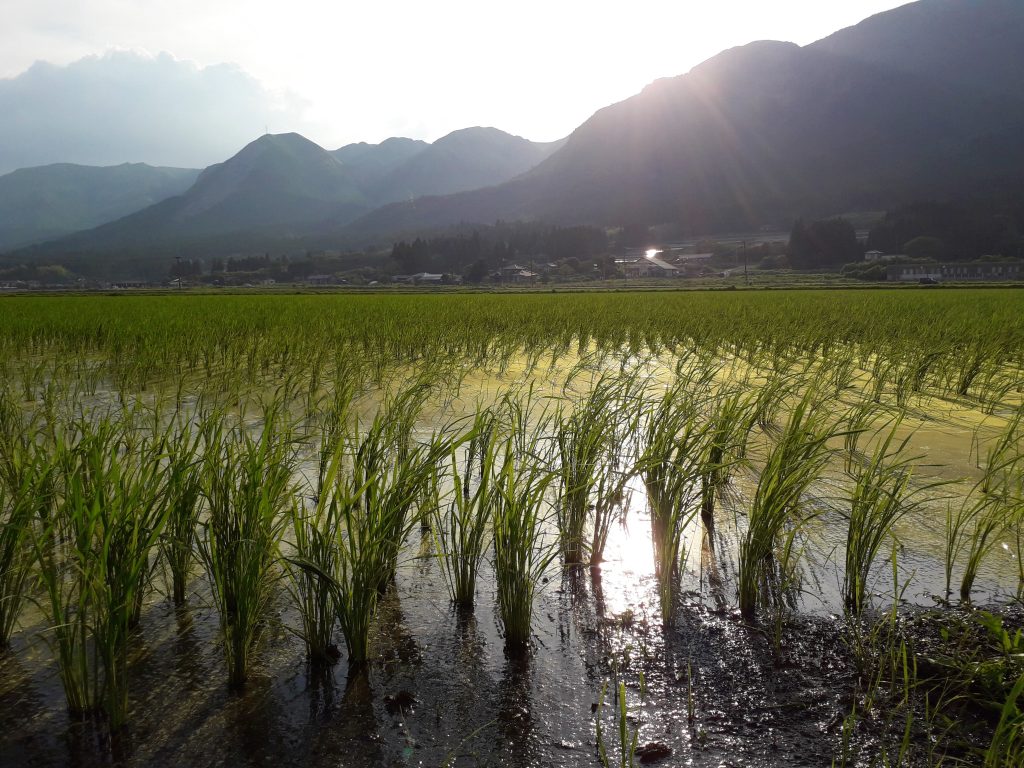
“That sounds really relaxing.”
“Right? It’s so relaxing it gets mesmerizing. Have you been to the sōgen (grassland) yet? Like when the deep-green grass stands waist-high and the sun tickles your nose and then the wind gushes through the grass like waves, like an ocean of green… When I’m out there, I could just stand there for ages, watching it move, wave around.”
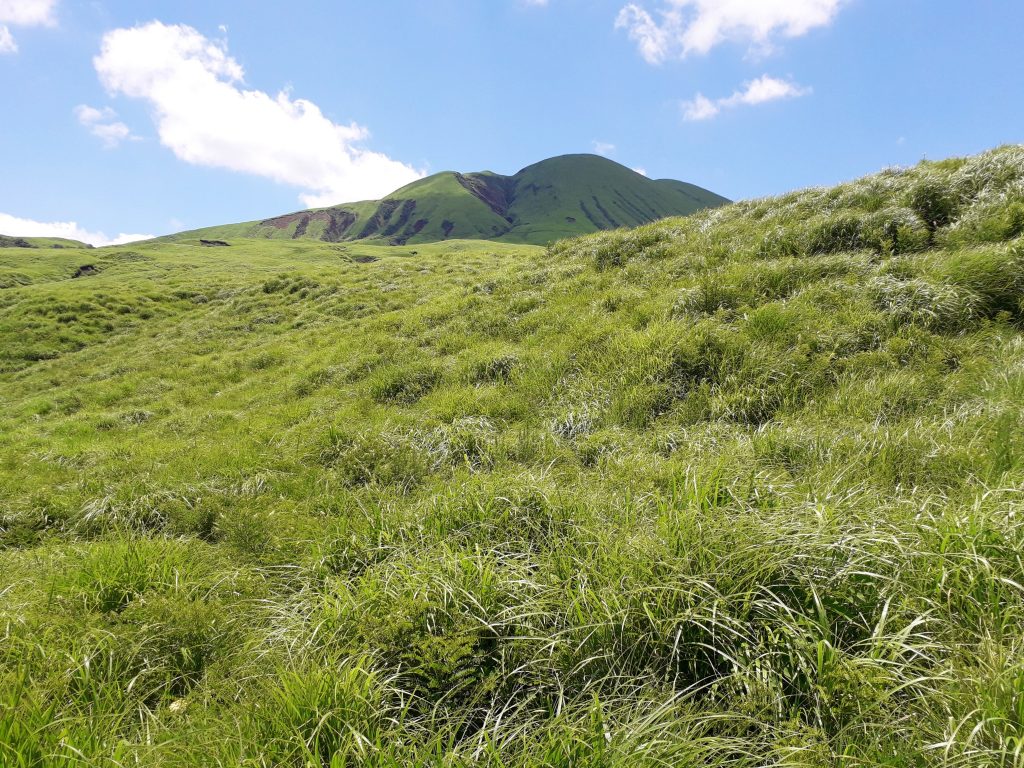
“For someone who says she’s an indoor type you sure seem to enjoy being surrounded by nature a lot, eh?” *laughs*
“I do, don’t I?” *laughs* “I don’t know why, but since I came here, I started to appreciate nature more. When I was younger, I thought nature was boring – boring, dirty and inconvenient. But now I realize it can also be relaxing and even fun. Since I moved here, I noticed my own senses starting to expand. Like being able to sense the wind. Well, I guess I sensed it before as well, but I never really noticed it, like its sound or its smell or how it feels swiping over my skin. Coming here showed me a whole new range of feelings and impressions, you know?”
Listening to Sachiko’s experiences I reflect upon the meaning of happiness, about what kinds of happiness exist and how they may be experienced. Sachiko did not talk about the importance of friends and family like most of my interlocutors, even though I have no doubt she derives happiness from those, too. Instead, she kept describing her sensory impressions, the things she heard, smelled and felt while being among nature – the sensory side of happiness. Which gets me thinking, maybe we all might benefit from concentrating more often on our senses and the experiences they may offer?
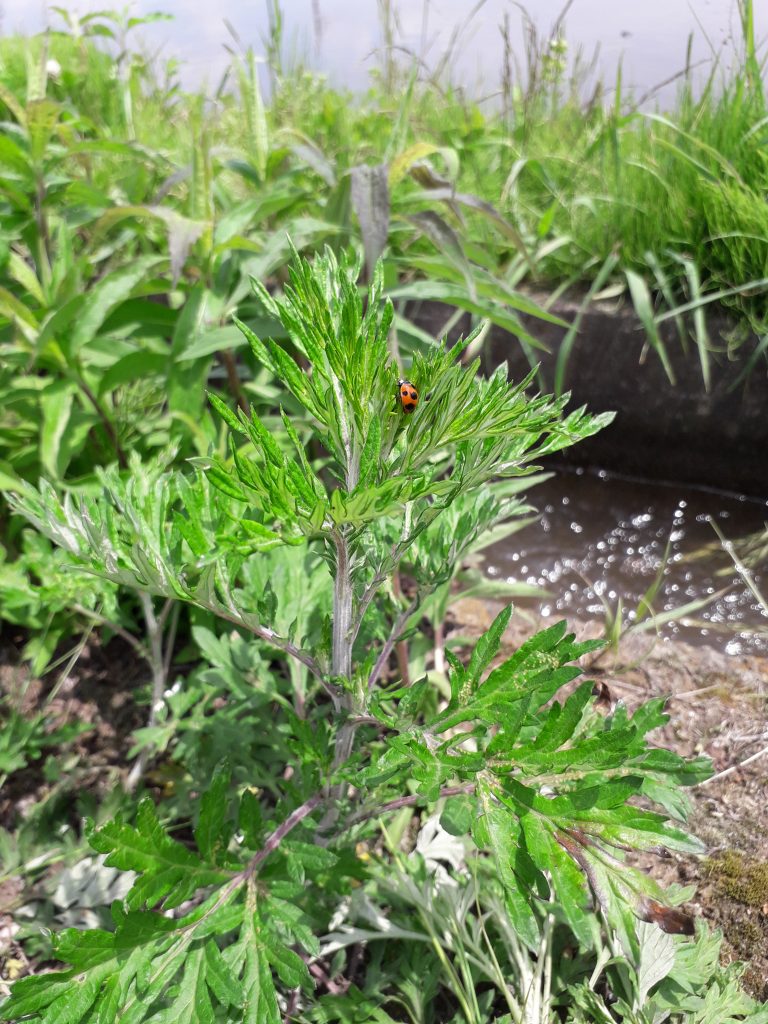
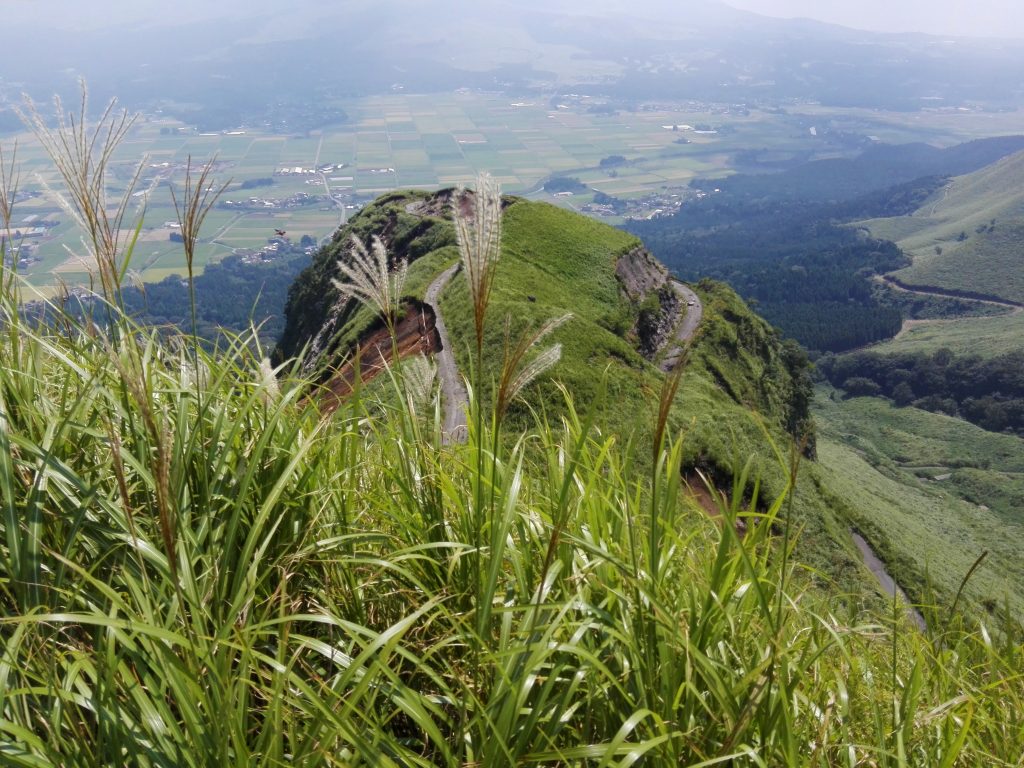
Antonia Miserka is a PhD student at the Japanese Studies Department at the University of Vienna. She is part of an interdisciplinary research project dealing with social relationships and subjective well-being in rural areas, sponsored by the Austrian Academy of Sciences. As part of this research team, she focusses on the role of locality – both local places as well as local communities – for the subjective well-being of residents in different hamlets within the Aso region.